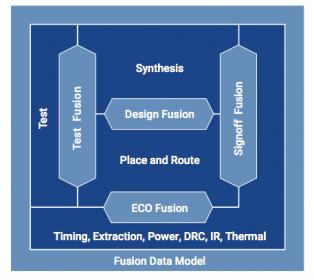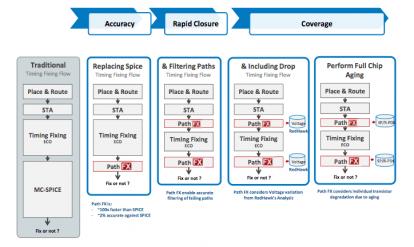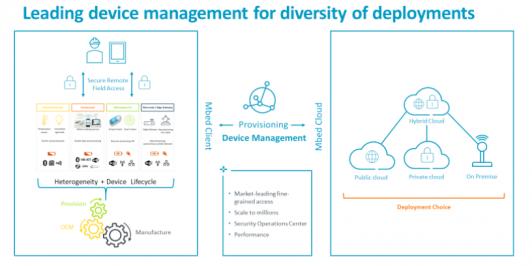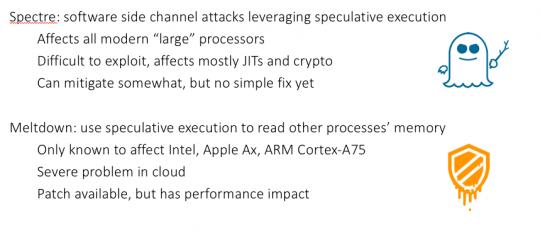You are currently viewing SemiWiki as a guest which gives you limited access to the site. To view blog comments and experience other SemiWiki features you must be a registered member. Registration is fast, simple, and absolutely free so please,
join our community today!
Wally Rhines (President and CEO of Mentor, A Siemens Business) has been pushing a contrarian view versus the conventional wisdom that the semiconductor business, and by extension EDA, is slowing down. He pitched this at DVCon and more recently at U2U where I got to hear the pitch and talk to him afterwards.
What causes maturing is… Read More
It might seem I am straying from my normal beat in talking about implementation; after all, I normally write on systems, applications and front-end design. But while I’m not an expert in implementation, I was curious to understand how the trending applications of today (automotive, AI, 5G, IoT, etc.) create new demands on implementation,… Read More
OK, so maybe the picture here is a little over the top, but thermal and reliability considerations in automotive in general and in ADAS and autonomy in particular, are no joke. Overheating, thermal-induced EM and warping at the board-level, in the package or interposers, are concerns in any environment but especially when you’re… Read More
I normally think of shift left as a way to move functional verification earlier in design, to compress the overall design cycle. But it can also make sense in other contexts, one particularly important example being power intent verification.
If you know anything about power intent, you know that it affects pretty much all aspects… Read More
The second segment of Oski’s most recent “Decoding Formal” event was a talk by Anatoli Sokhatski (formal tech lead at Cisco) on training and methodology development for a structured and scalable approach to formal verification, particularly with emphasis on formal signoff.
Anatoli stressed that he and others in the team did … Read More
I wrote recently about a yield problem which mobile vendors have been finding for devices built in advanced technologies. This was a performance issue (the devices worked fine at lower clock speeds), pointing to a discrepancy in some devices between predicted and observed timing. These were experienced design teams, using state… Read More
Normally press release events with ARM tend to be somewhat arms-length – a canned pitch followed by limited time for Q&A. Through a still unexplained calendar glitch I missed a scheduled call for a recent announcement. To make up I had the pleasure of a 1-on-1 with Hima Mukkamala, GM of IoT cloud services at ARM. Hima is a heavy … Read More
Safety is a big deal these days, not only in automotive applications, but also in critical infrastructure and industrial applications (the power grid, nuclear reactors and spacecraft, to name just a few compelling examples). We generally understand that functional blocks like CPUs and GPUs have to be safe, but what about the … Read More
While at DVCon I talked to Apurva Kalia (VP R&D in the System and Verification group at Cadence). He introduced me to the ultimate benchmark test for self-driving – an autonomous 3-wheeler driving in Delhi traffic. If you’ve never visited India, the traffic there is quite an experience. Vehicles of every type pack the roads … Read More
Once again Oski delivered in their most recent Decoding Formal session, kicking off with a talk on the infamous Meltdown and Spectre bugs and possible relevance of formal methods in finding these and related problems. So far I haven’t invested much effort in understanding these beyond a hand-waving “cache and speculative execution”… Read More





















Quantum Computing Technologies and Challenges